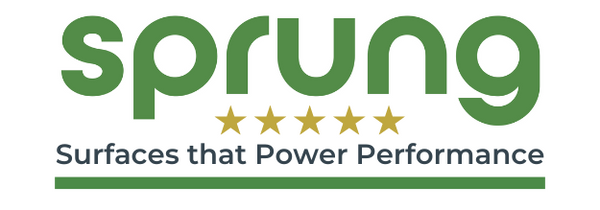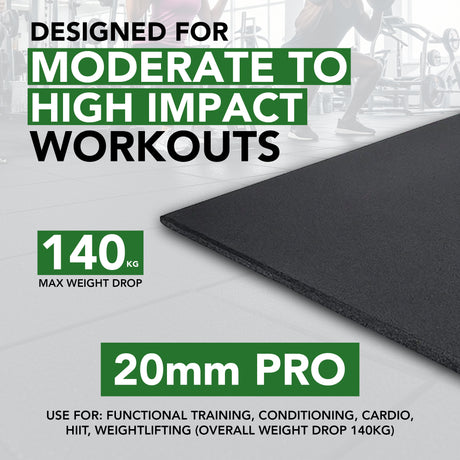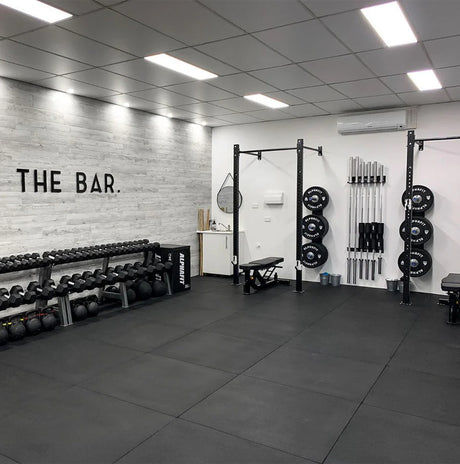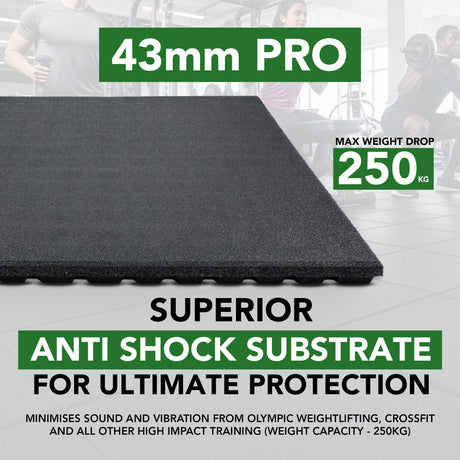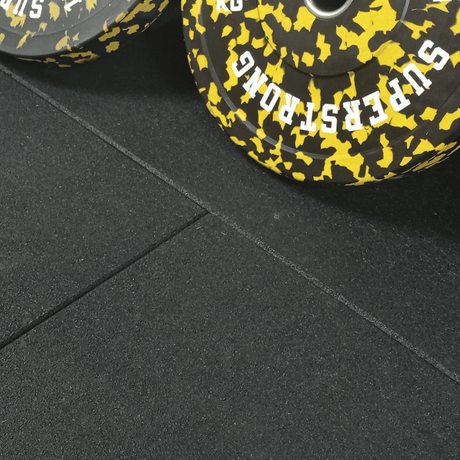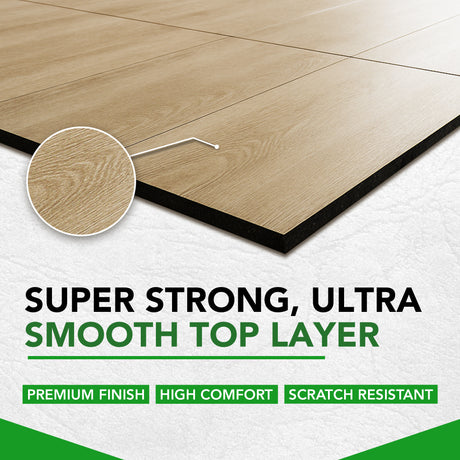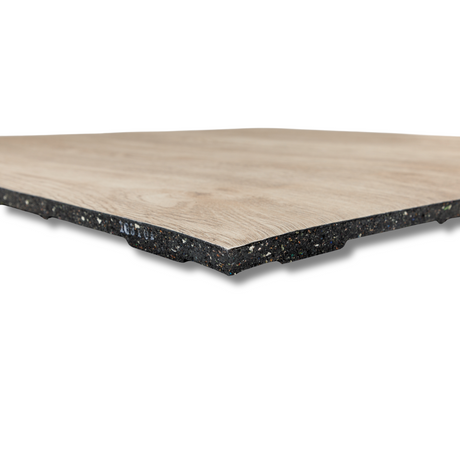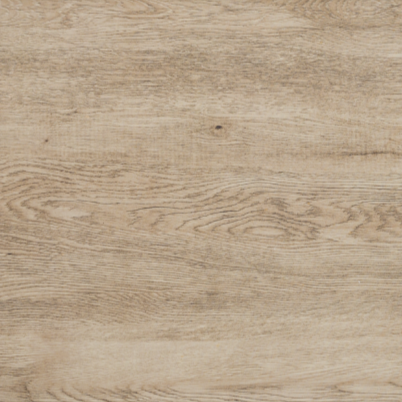A balcony is a unique space in our homes, offering a breath of fresh air and a place to relax without leaving the comfort of our living space. One key aspect that homeowners often overlook is the balcony flooring.
Choosing the right balcony flooring can transform this space from a simple extension to a stylish and functional outdoor retreat. From rubber mats to wood effect tiles and natural decking, there are various balcony flooring options on the market but which is the right one for you?
In this article, we'll explore different types of balcony decking ideas, what to consider when deciding on a specific flooring product and how they can enhance your balcony's aesthetics and functionality.
Table of Contents
Choosing the Right Balcony Flooring

What Types of Flooring are Suitable for a Balcony?
Let's look at the different types of flooring materials recommended for a balcony space:-
1. Rubber Mats

Outdoor Rubber tiles are durable, slip-resistant, and easy to install. They offer a cushioned surface that is comfortable underfoot, making them ideal for balconies where you might spend a lot of time standing or walking. Another great aspect of choosing this material for balconies is that they are moisture resistant and are able to tolerate varying weather conditions and temperatures. Easy to install and maintain, rubber balcony floor tiles are an ideal option for balcony surfaces.
- Considerations: Opt for a rubber tile that is designed for outdoors and has suitable built-in drainage features. Likewise, select a suitable thickness range for adequate stability and endurance for outdoor use (30mm and above).
Customer Feedback:
"Love our new ground mats. We did our balcony terrace, pathway and front porch. They were easy enough to install and look fantastic. Very happy customer."
2. Slate or Stone Tiles
Slate or stone tiles give a natural and elegant look to your balcony. They are durable, weather-resistant, and come in various colours and textures, allowing you to create a unique look to your outdoor space and complements greenery and plant life.
- Considerations: A stone tile floor solution can be heavy and may require professional installation. They can also be cold underfoot during cooler months, making them less comfortable than other balcony flooring materials.
3. Wood Decking
Wooden flooring offers a warm and inviting look to your balcony. It provides a natural wood effect that adds a touch of luxury to your outdoor space and decor. A wooden deck can be customised to fit the size and shape of your balcony or patio, and it's relatively easy to install.
- Considerations: Wood deck flooring requires regular maintenance to keep it looking its best. It can also be susceptible to rot, mould, and insect damage if not properly treated and sealed. Additionally, wood decking can be slippery when wet, posing a safety hazard.
4. Artificial Grass

Another popular balcony flooring option is artificial grass which provides a lush and green surface without the maintenance required for real grass. It's soft underfoot, durable, and offers a natural look that can enhance the aesthetics of your balcony decor.
- Considerations: Artificial turf is great for balconies but make sure you opt for a high quality synthetic grass with durable fibres that are able to withstand outdoor conditions and foot traffic.
5. PVC Tiles

PVC tiles, widely used for sports courts, are lightweight, easy to install, and come in a variety of colours and patterns. They are water-resistant and offer a smooth and comfortable surface for your balcony. Unlike other materials such as natural wood, PVC balcony tiles are low maintenance, resistant to stains and scratches and simple to fit with their interlocking design.
- Considerations: PVC tiles for balconies and patios come in different designs and style options. Opt for a style which has self-draining features and is high quality.
FAO
Can balcony flooring be installed DIY?
Depending on which material you opt for. Interlocking garden tiles, rubber matting and artificial grass are all very simple to fit without the help of builders or specialist installers. Harder surfaces like stone and wood are less easy and may need assistance with fitting and floor preparation.
What flooring for my balcony will suit balcony furniture like table and chairs?
The best option for balconies with furniture is one which creates a level and flat surface. This means chair legs and tables can be moved around easily. Both solid and soft surfaces such as artificial grass work well as long as they are evenly laid.
My balcony is partially indoor, do I need an outdoor floor solution?
Even if part of your balcony has roof cover, an outdoor floor solution is recommended. Rain and other outdoor conditions can impact floors which are not designed for outdoor use.
Does balcony flooring require waterproofing?
Any outdoor surface benefits from a waterproof layer even if you don't think it's required. Seek professional advice on your existing subfloor before installing flooring to be on the safe side.
Conclusion
In conclusion, balcony flooring plays a crucial role in enhancing the beauty and functionality of your outdoor space. Whether you opt for rubber tiles or something more traditional, each product has its unique benefits and drawbacks. Choose the option that best suits your needs, preferences, and lifestyle to create a balcony that you'll love spending time on for years to come.
Looking for a floor refresh? Browse our range of balcony, terrace and rooftop surfaces for your ideal balcony upgrade.

